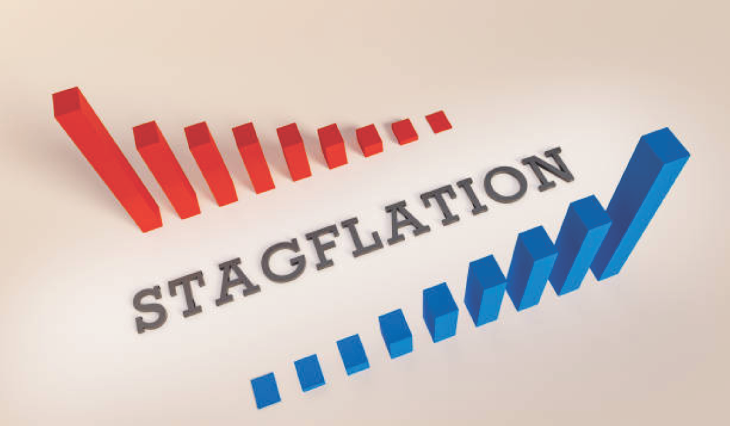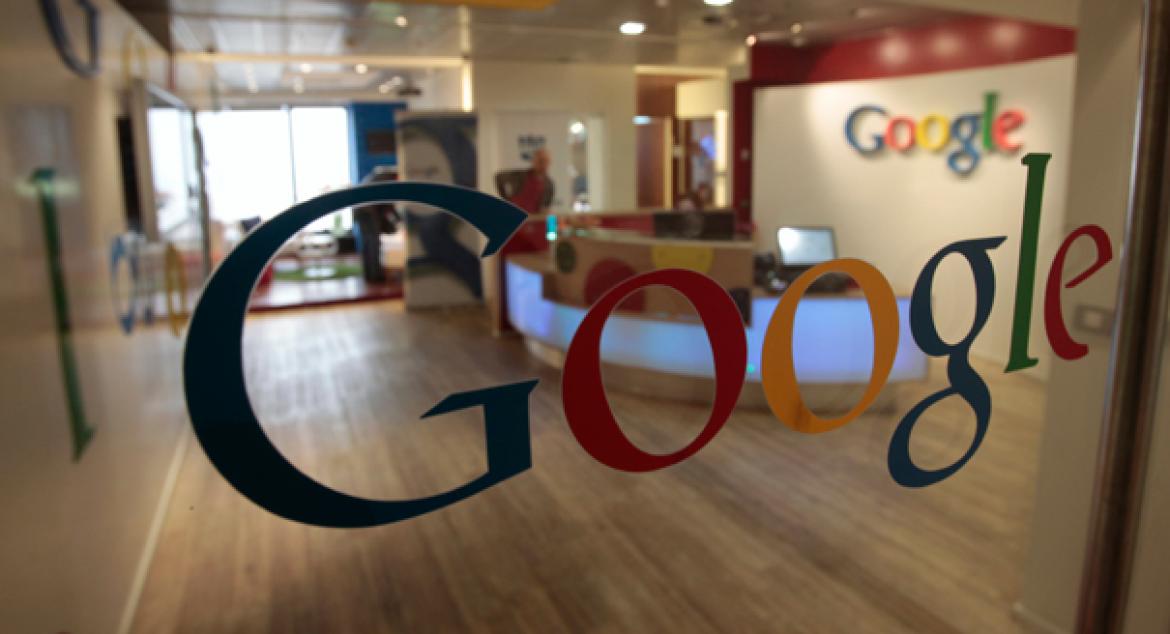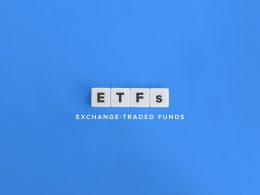by Brian S. Wesbury – Chief Economist & Robert Stein, CFA – Deputy Chief Economist, First Trust Portfolios
A month ago, many people were pretty sure serious inflation concerns had passed. After the equivalent of 22 quarter-point rate hikes and the biggest drop in the M2 money supply since the Great Depression, consumer prices rose only 0.2% in July, with the year-over-year rate of increase down to 3.2%, well below its 8.3% increase in the twelve months ending in August 2022, after Russia invaded Ukraine.
But oil prices have reversed course, and in a few days, the monthly increase in the August CPI will likely show inflation came in hot. If we are right that consumer prices rose 0.6% for the month, then consumer prices are also up about 3.7% versus a year ago, an acceleration.
This is a far cry from the Federal Reserve’s stated inflation goal and more than enough to show that inflation wasn’t just the “transitory” result of COVID-related supply-chain issues or Vladimir Putin.
Other measures also show the job isn’t done. Last November, the Fed invented something called “Super Core” inflation, dropping energy, food, and housing prices, but even this measure is up 4.7% in July versus a year ago, higher than the 4.4% when it was introduced.
Some now dismiss this measure of inflation, but these are often the same people who focused on it (touting it as a better gauge than overall inflation). It’s hard for us to shake the sneaking suspicion that they went from enthusiastic to skeptical about this measure because it wasn’t showing the progress on inflation that they’d like to believe. Meanwhile, the Cleveland Fed’s median PCE inflation rate is up 4.8% in the past year.
We are not back to the 1970s yet, but there are some similarities. Great Society spending pushed government spending on a steep upward trajectory in the 1970s, in spite of the eventual wind-down of the Vietnam War. In turn, policymakers monetized much of this extra spending. The result: a wet blanket of big government which slowed growth, but a boost to inflation from easy money. Reagan and Volcker reversed these two policies and growth accelerated, while inflation fell, after going through a severe recession early in the 1980s.
Does this ring a bell? The government’s response to the Great Recession and Financial Panic of 2008-09 was a big shift upward in spending and the economic recovery that followed was unusually weak. Then policymakers responded to COVID with more of the same, now adding higher inflation to the mix.
It is entirely possible that the drop in the M2 measure of money ends up bringing inflation down to the Fed’s 2.0% target sometime over the next couple of years. But, if so, we don’t expect low inflation to last. There is a growing series of voices calling for the Fed to raise its long-term inflation target from 2.0% to something closer to 3.0%.
In the short run, we expect the Fed to stick to a 2.0% inflation goal. Changing the target at this juncture risks severely undermining the Fed’s credibility. This happened in the 1970s…even if not explicitly stated, the Fed shifted their thinking on inflation and said it was too hard to stop.
Inflation averaged 1.8% in the ten years pre-COVID. Don’t expect inflation to average that low in the decade ahead. Not until the US finds a way to repeat the 1980s policy mix.
Brian S. Wesbury – Chief Economist
Robert Stein, CFA – Deputy Chief Economist
Click here for a PDF version
Copyright © First Trust Portfolios














